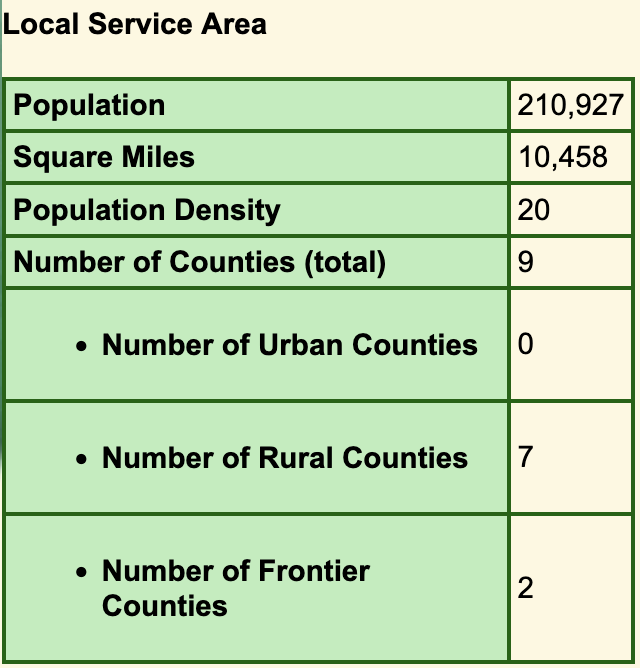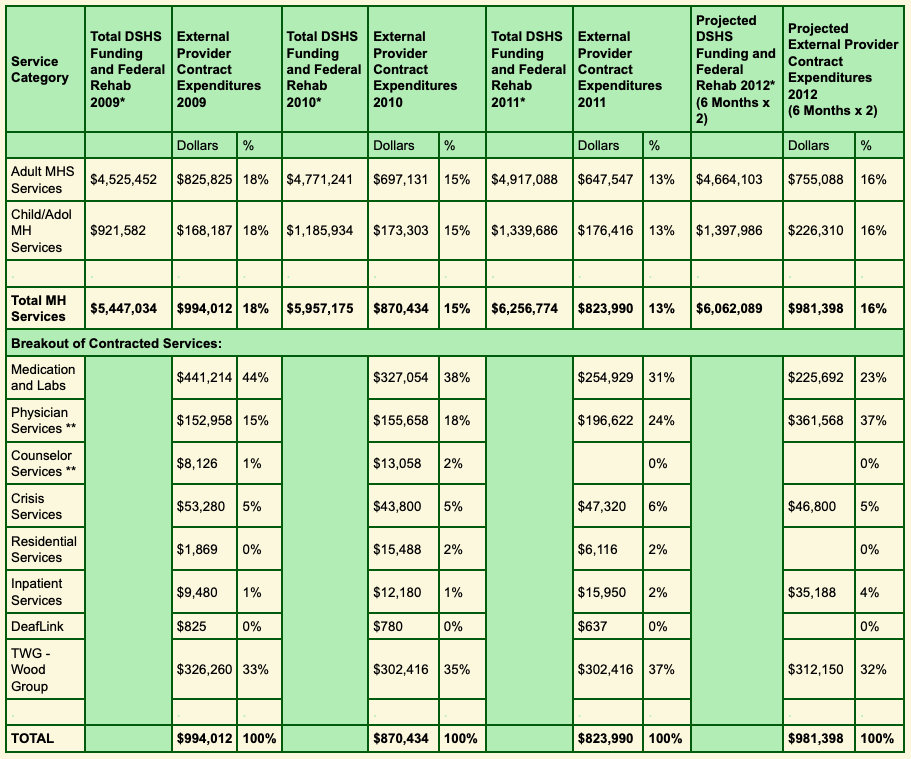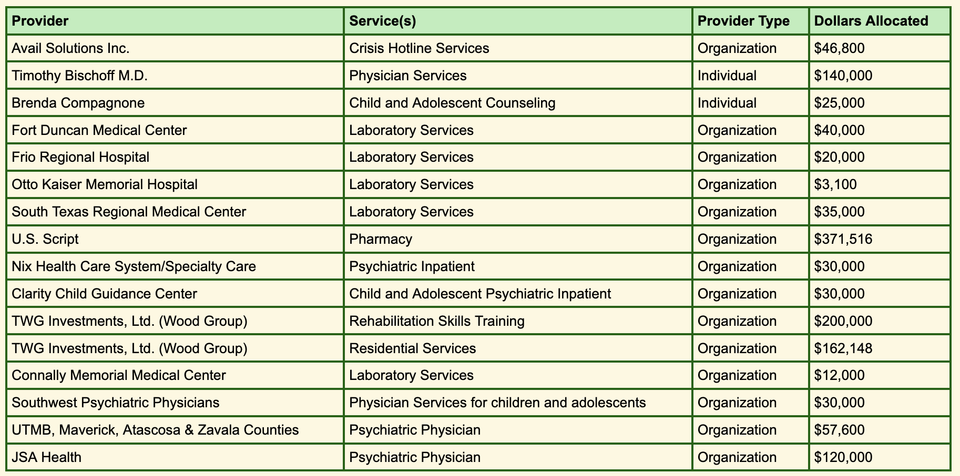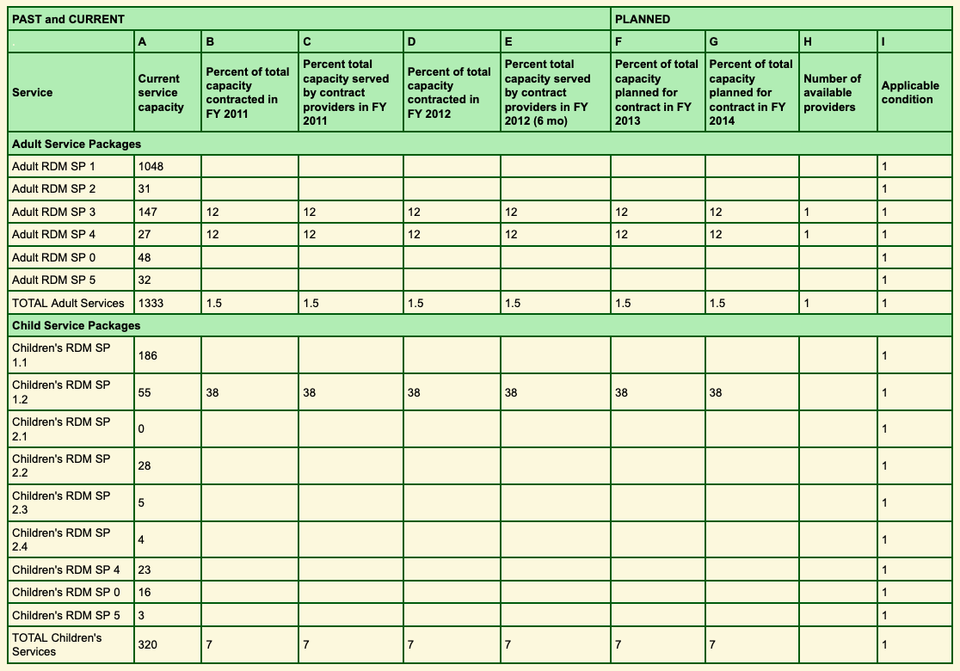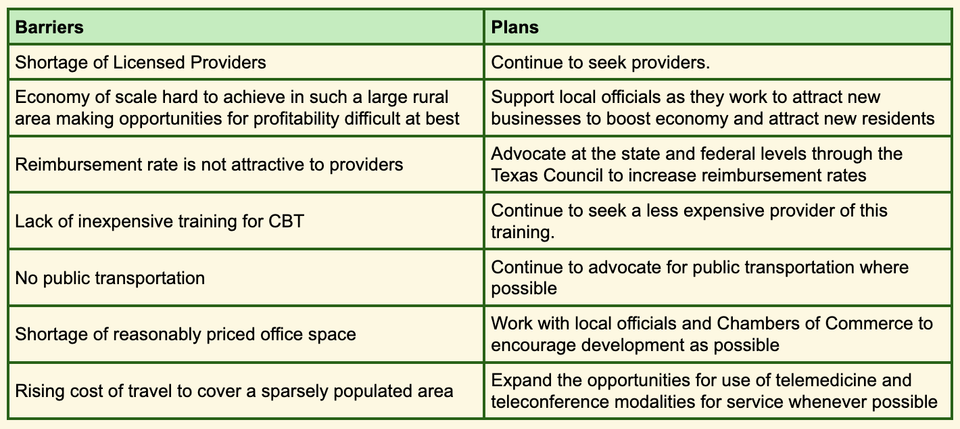13) Fidelity and Continuity of Care.
Fidelity is accomplished over time through training, supervision, and continuous reassessment to maintain adherence to principles and practices with a specific model of care. In order to assure that consumers receives the necessary services from within the designated service package the providers shall be required to attend specified quarterly mandatory meetings, case reviews/staffings, and/or training programs. The provider will be notified by the LMHA of any staffing 30 days prior to the date of the staffing. All providers are subject to on-site audits, desk reviews, profiling, credentialing, utilization management reviews and compliance with all state and federal laws.
Continuity of Care: LMHA case managers will continue to provide routine and intensive case management services to make certain consumers are receiving services appropriate to address their identified needs.
N/A
14) Enhanced Staff Qualifications
Do you require any individual practitioners to meet higher standards than those described in the DSHS performance contract?
Yes

